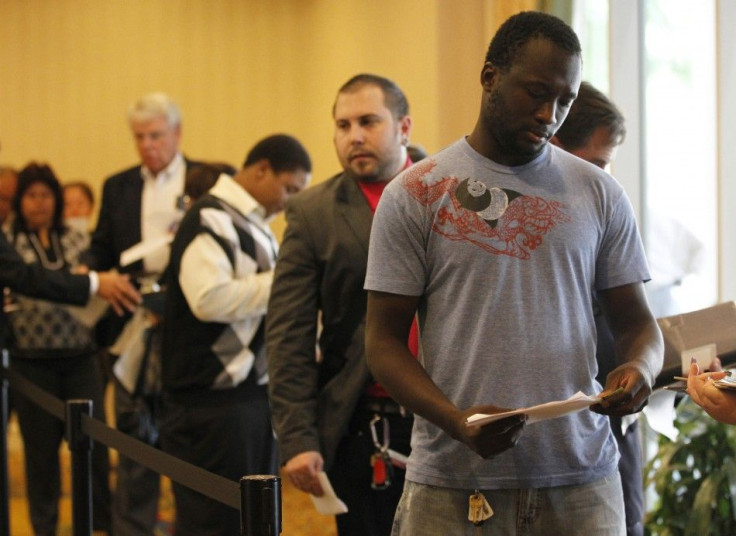Employment Data & Market Implications

Tom Sowanick is Co-President and Chief Investment Officer of Omnivest Group in Princeton Junction, N.J.
A weaker than expected May jobs report and downward revisions to the March and April releases has rekindled fears of either a double dip recession or a stagflationary economic environment.
And while both fears are understandable, they ignore the possibility that the Federal Reserve may be engineering a QE2 Lite program at its June 22nd confab.
What would a QE2 Lite program look like? Perhaps it would include language stating that the Fed would extend QE2 and increase their purchases from $600 billion to $750 billion over the next quarter or two. They could also reinsert language such as “prolonged period of time” as it relates to current interest rate policy.
Or, they may directly tie the extension of QE2 Lite to necessary changes in the unemployment rate and jobs creation.
Regardless of the outcome, by the time the Fed next meets on June 22nd, it is almost certain that the risk of the Fed raising interest rates this year will be close to nil.
We believe that if a QE2 Lite program were to be adopted, the financial markets, commodities and currencies would follow a similar pattern of performance that occurred since the original QE2 was discussed.
It was back on August 27th of 2010 in Jackson Hole, Wyoming that Fed Chairman [Ben] Bernanke discussed the possibility of QE2.
Since then, the S&P 500 Index has risen 24.6 percent, emerging equity markets rose by 21.3 percent and commodities have
climbed 30.4 percent. In the debt markets, the 10-year/2-year Treasury spread steepened by 45 basis points (bps), high-yield spreads dropped by 150bps, and investment grade spreads narrowed by 25 basis points. During the same time period the US dollar has fallen 11 percent.
These past performance results are supportive of a continued carry-trade where investors borrow in US dollars to purchase high-yield assets.
For example, an investor may borrow US dollars to buy a position of short-dated Australian note and keep the currency un-hedged.
Widening interest rate differentials between the US and its trading partners would be expected to push the US dollar lower and in-turn push commodity prices higher. Hence, a further rise in commodity prices should be expected.
With that said, equities would likely prove to be one of the best performing asset classes if QE2 Lite were to be invoked because the relative advantage of owning stocks versus debt instruments has increased measurably since last August.
It is clear that the US economy has yet to design a new industry to replace the housing-related sectors of the early 2000s as a new engine of growth. Chronically high unemployment and sub-par economic growth may simply be the new normal for the US economy. Saddled with a very heavy debt burden, it is difficult to see a set of new fiscal initiatives to spur hiring and economic activity.
Therefore, relying on the Fed is our only option, so bring on QE2 Lite.
© Copyright IBTimes 2024. All rights reserved.





















